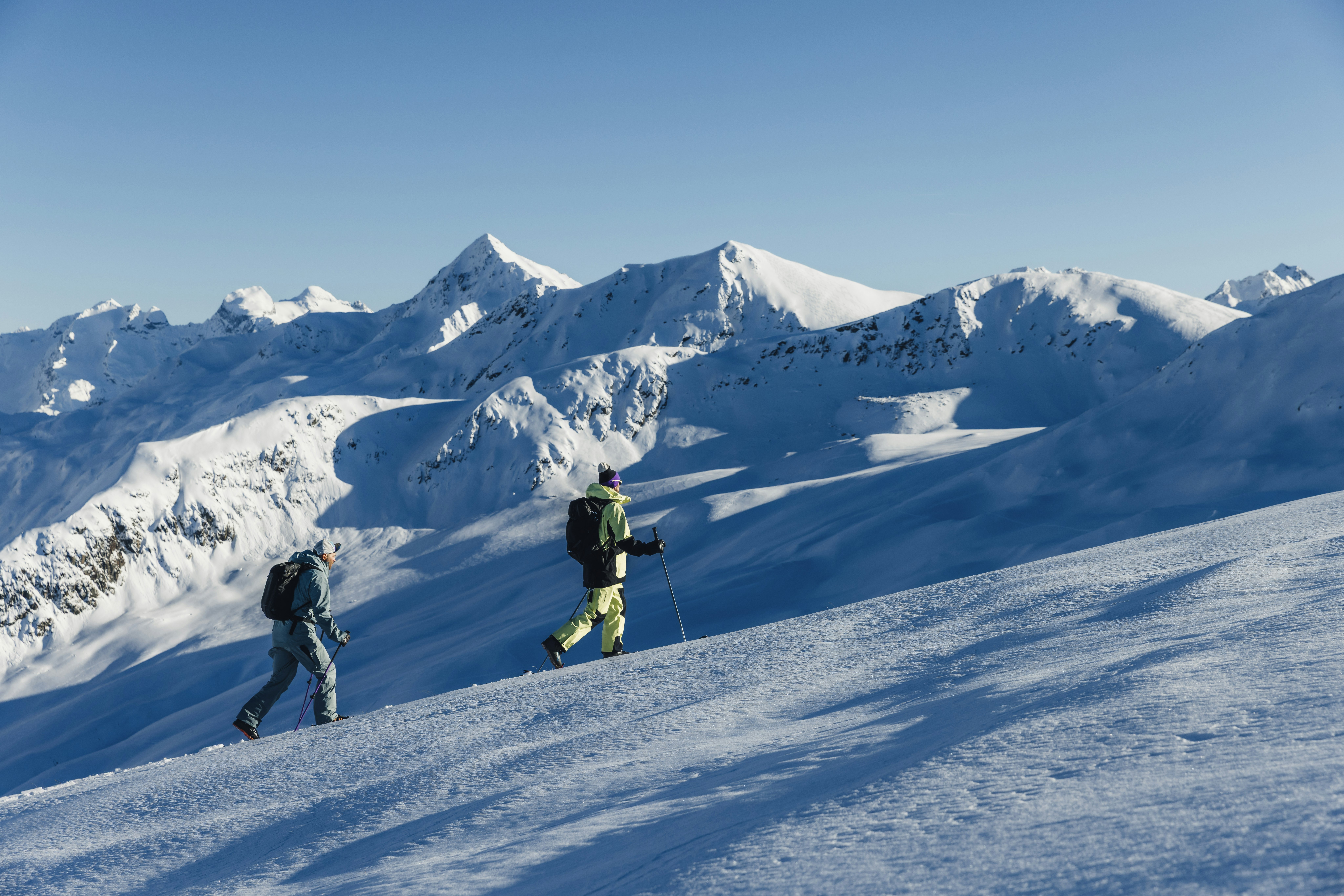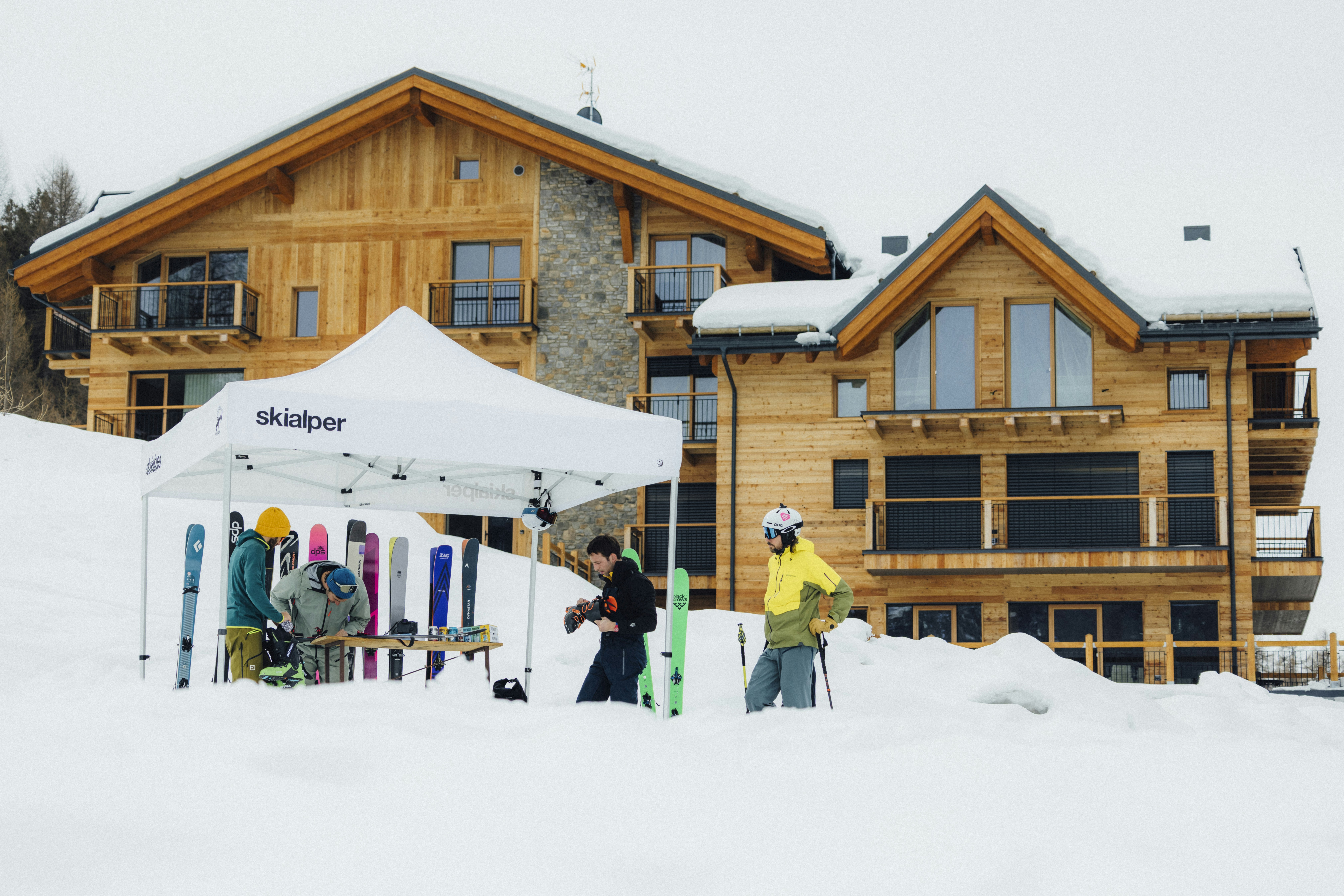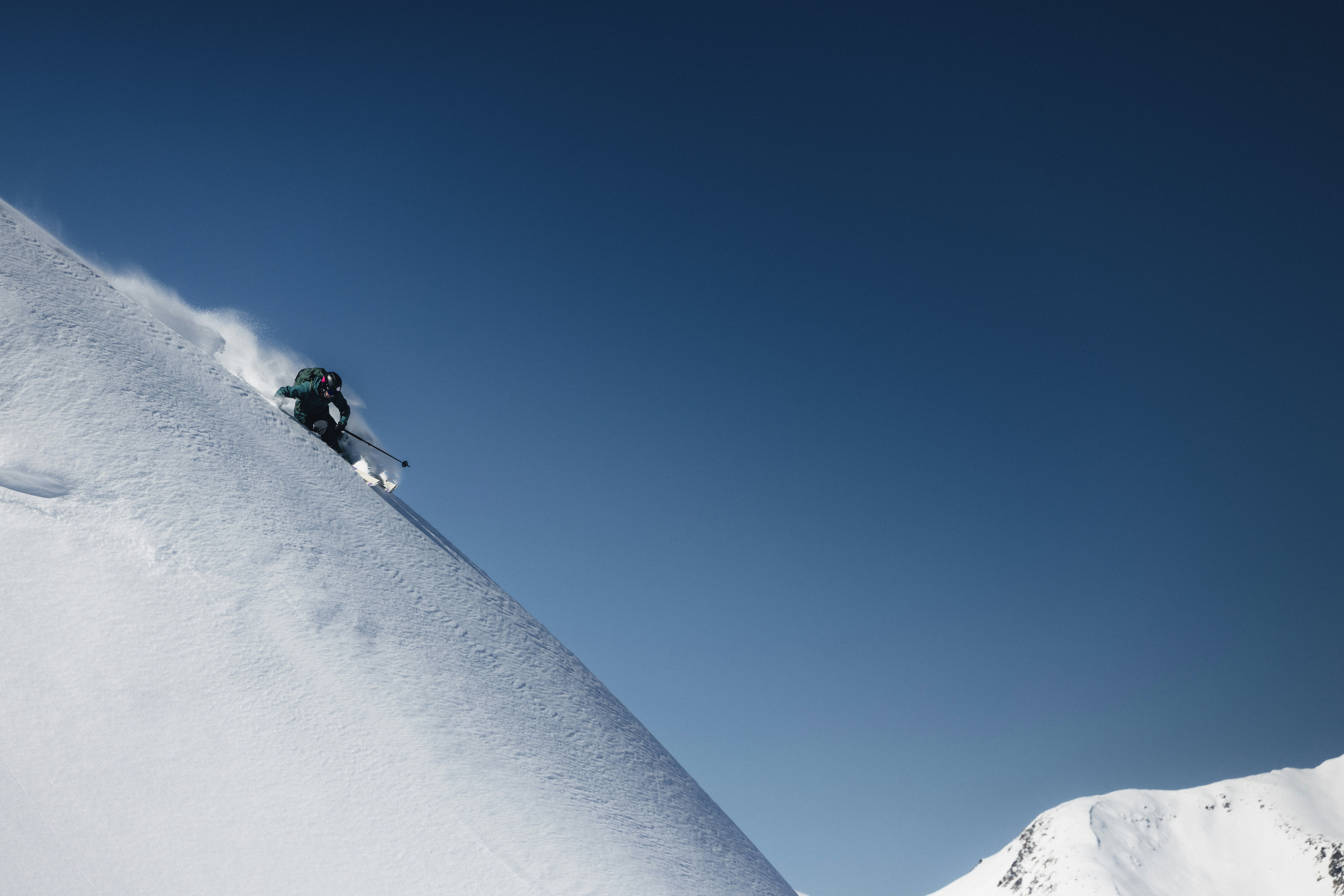There’s no doubt that the Tour category is the main segment in the skimo universe.
With the growth in the sport’s popularity, it has become the frame of reference for many enthusiasts. That’s because it combines long ascents with fun descents without requiring specific physical training or race technique. The overriding philosophy is clear: lightweight skis and boots that are easy to use as well as fun and reliable on longer outings.

But it’s this mindset that has led the segment to become a little, dare we say, samey. These days, many skis and boots feel very similar to each other; light and easy on the one hand, yet limited when it comes to more challenging conditions or variable terrain. Things are beginning to change, however. A few brands are introducing more versatile models, designed for those looking for a one-ski quiver to use in the backcountry as well as for a few runs on piste. Users who will gladly accept a few more grams in weight in return for extra stability and security.

A new sub-category is being created, one that is able to satisfy more refined palates without betraying the underlying ethos of touring—efficiency, comfort and fun, accessible for a wide demographic. A happy medium between the wide range of easygoing skis you can find in the following pages, and the tip of the iceberg—in the form of the Black Crows’ Navis—a ski that requires strength and solid technique.

Share this article

